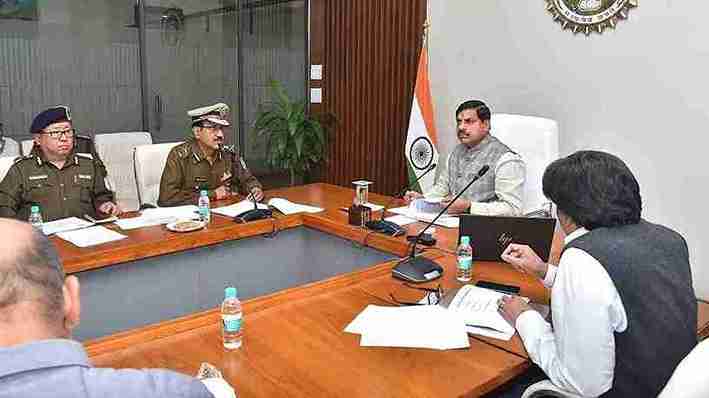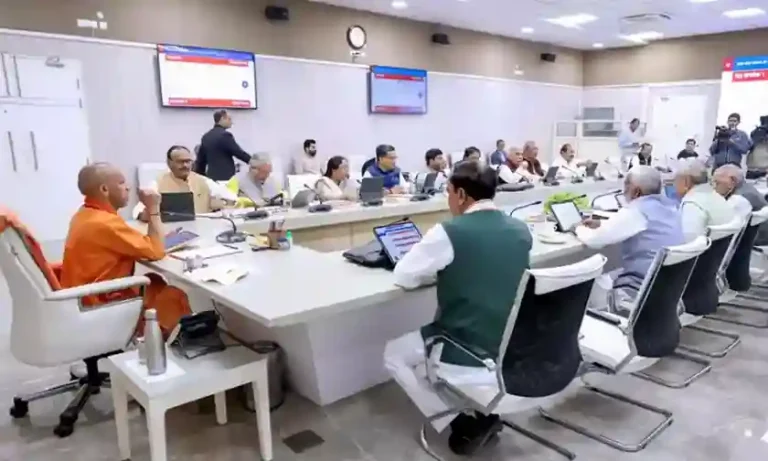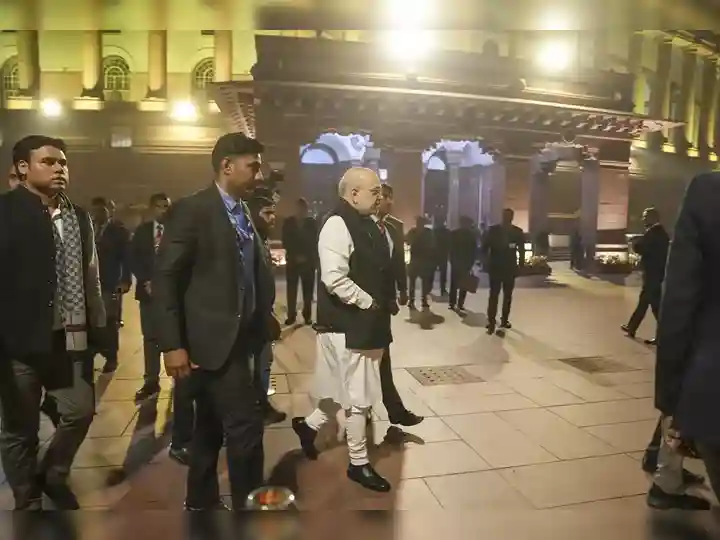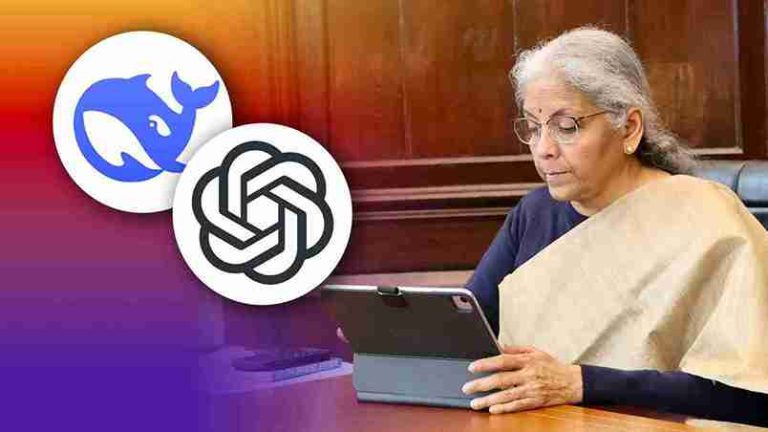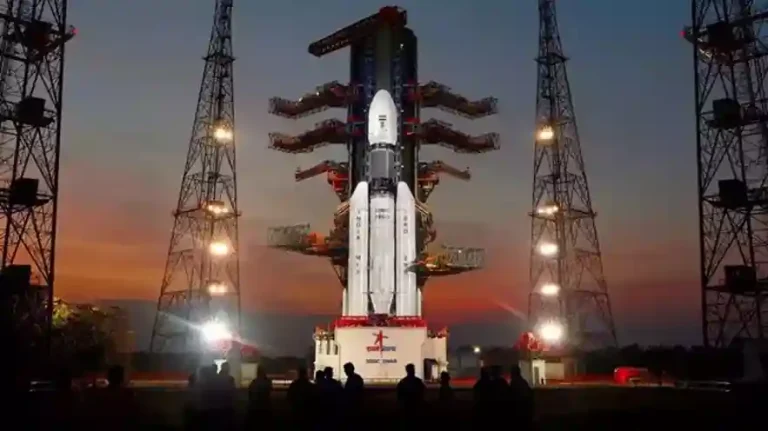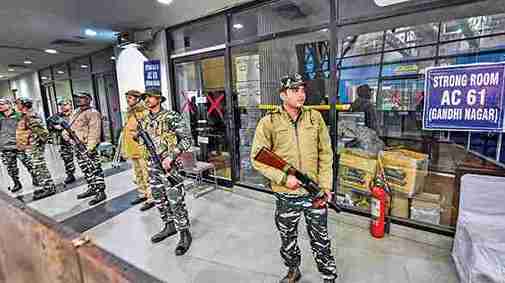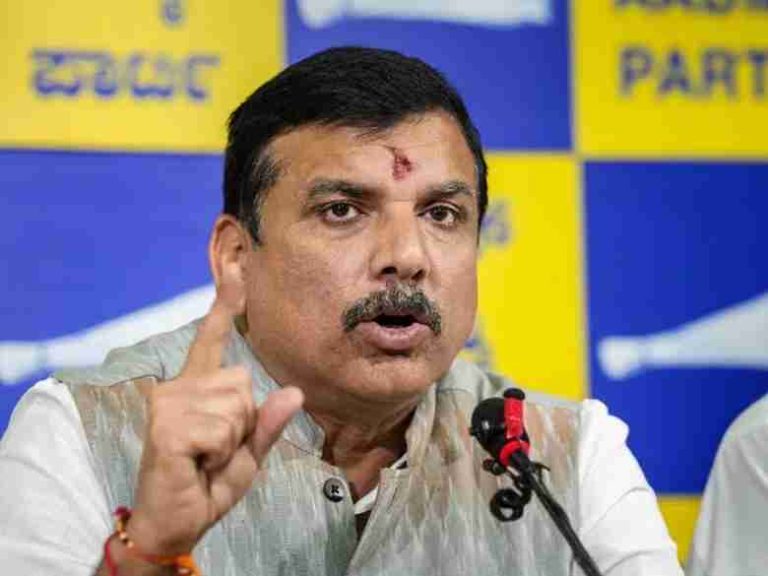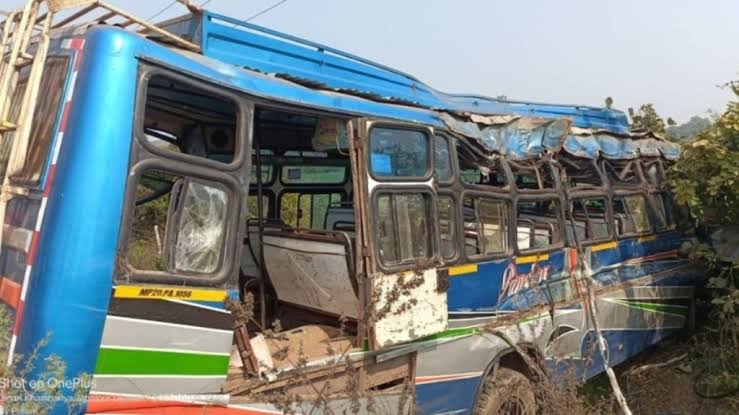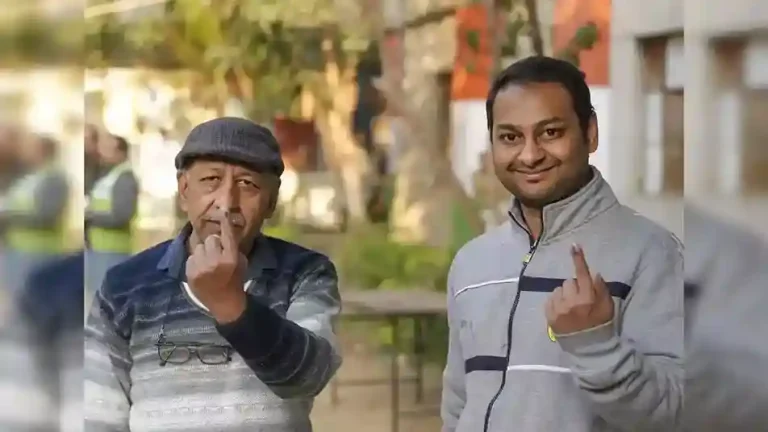Madhya Pradesh: Madhya Pradesh has emerged as a frontrunner in providing financial aid for impoverished prisoners, offering monetary assistance of up to Rs 25,000 to help them pay fines and secure bail. This initiative, aimed at prisoners unable to afford legal dues, is part of the government’s effort to ensure justice and rehabilitation for those trapped in the system due to financial constraints.
With thousands of prisoners across India remaining behind bars solely because they cannot pay small fines or arrange bail, the Madhya Pradesh government has stepped up to provide relief. Under this initiative, financial aid for impoverished prisoners covers court-imposed fines and bail amounts, allowing many to return to their families and reintegrate into society. This measure not only helps in reducing prison overcrowding but also ensures that individuals do not remain incarcerated solely due to poverty.
Officials have stated that this initiative aligns with the government’s broader vision of social justice and legal aid. The scheme primarily benefits those accused of petty crimes, who often serve longer jail terms than their original sentence simply because they cannot afford legal fees. By offering financial aid for impoverished prisoners, Madhya Pradesh is setting a precedent for other states to follow in ensuring that justice is not denied based on financial status.
The funding for this initiative comes from government welfare programs and philanthropic contributions. Authorities work closely with legal aid committees and non-governmental organizations to identify eligible prisoners and process their financial assistance swiftly. This ensures that those who qualify for release do not face unnecessary delays. The impact of this program has been significant, with hundreds of prisoners already benefiting from the financial support.
Experts believe that financial aid for impoverished prisoners is a crucial step toward making the justice system more equitable. Many legal analysts argue that India’s justice system disproportionately affects the people with lower income, who often lack access to proper legal representation and financial resources. By addressing this issue, Madhya Pradesh is leading efforts to make justice more accessible and fair for all.
While this policy has been widely praised, some critics suggest that more needs to be done to ensure long-term rehabilitation. Legal experts advocate for additional support, such as vocational training and reintegration programs, to help former prisoners rebuild their lives. The state government has acknowledged these concerns and is exploring ways to expand its support beyond just financial aid.
Madhya Pradesh’s proactive approach in providing financial aid for impoverished prisoners highlights the state’s commitment to justice and human rights. This initiative not only brings relief to prisoners and their families but also serves as a model for other states looking to implement similar reforms. As the program continues, its success could pave the way for nationwide policies aimed at preventing unnecessary imprisonment due to financial hardship.

